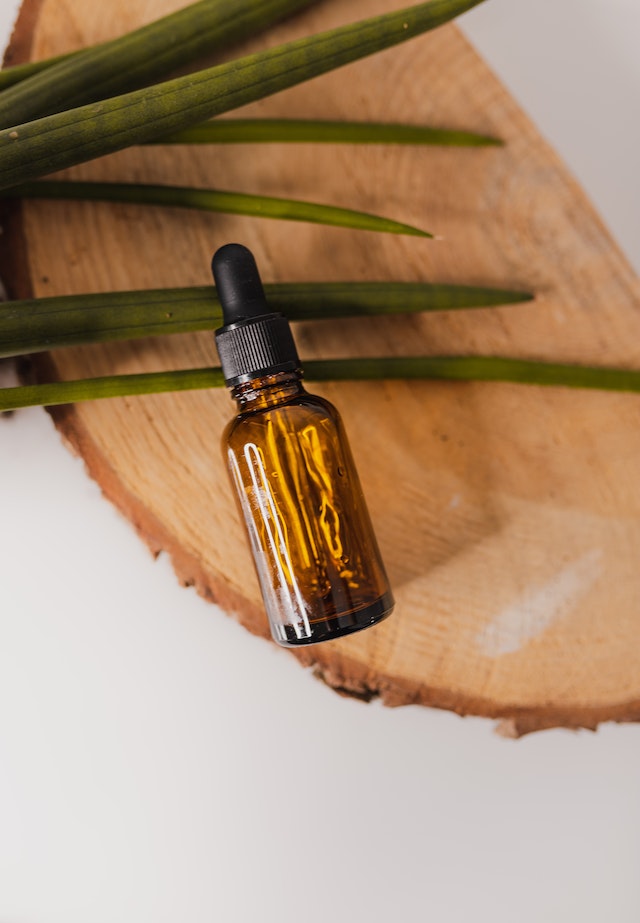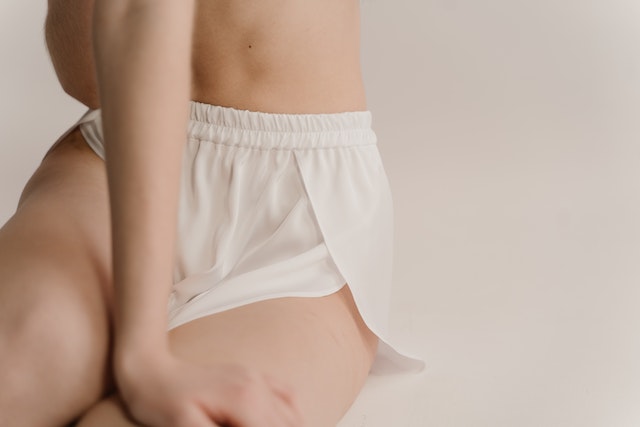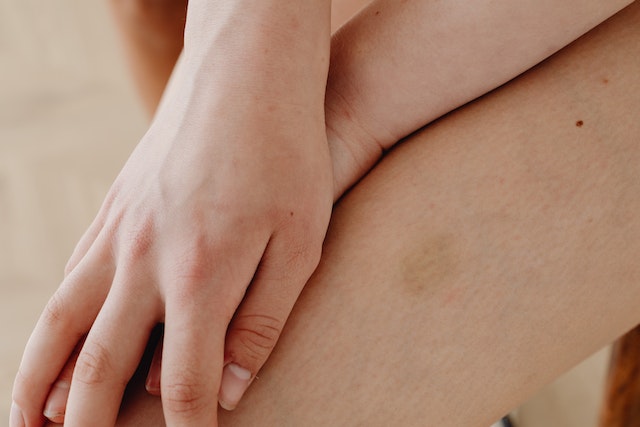
Contents
Chafing can be the difference between a lost cause and a glorious win. We’ve all been affected by tight chaffing, ruining both our physical and mental performance. To prevent chafing, well, there happen to be many answers to our issues. Thigh chafing can be prevented and treated in ways that’ll make your hands rub together instead of your thighs. Chafed skin can be treated with petroleum jelly, anti-chafing creams, a skin barrier, and more.
And it’s not just the thighs that chafing occurs either. Some of us know the pain of nipple chafing. Chafing commonly occurs in areas where clothes are rubbing the most, so an obvious topic for today would be wearing the right clothes.
So, in the hope that this article will rub off on you, let’s break down some obvious ways in which we can stop making chafing worse, and prevent it from happening altogether.
Quick tips on stopping chaffing
Some great tips on how to prevent skin chafing
Taking a break
Inner thigh chafing obviously is made worse by repeated exposure to that area creating friction. In which case, all you need to do is back off and take a break. Your body repairs incredibly quickly, and if it’s only skin irritation, this can be even quicker.
Affected skin, especially with skin-on-skin contact, can be harder to avoid – we all need to walk… but using the right clothing can help with this (try compression shorts) so look that up too.
In short, take a break, take the stress off and be good to your body.
Reduce friction and inflammation with cream
Steroid creams are great for reducing inflammation. However, chafed skin needs a little something extra. Sometimes, you can be prone to yeast infections in the groin, and certain creams make that worse. So, if you need to treat chaffed skin then make sure you do it with the right cream. For example, use antifungal, anti-yeast cream like Lotrimin first for a couple of days, then follow it with a hydrocortisone cream if the irritation is still there.




Apply tea tree oil
Another alternative is using tree oil. This stuff can work magic. Unlike mild soap, Tea tree oil has anti-inflammatory and antimicrobial properties that can help treat certain causes of chafing. Apply a few drops of the oil to the area with a cotton pad or mix a few drops with some coconut oil to help moisturize the area as well.
Conclusion
Today, we’ve looked at a few ways to help treat chafing. Hopefully we’ve covered all you need to know but you’ll perhaps want to research further here, looking into more in-depth tips on how to prevent chafing. From excess moisture to sensitive skin, there are a lot of things to consider so make sure you do it right.